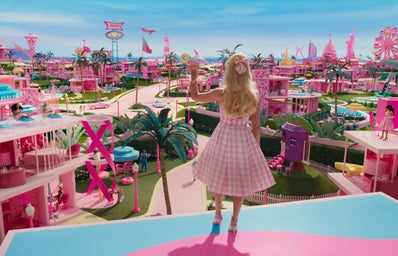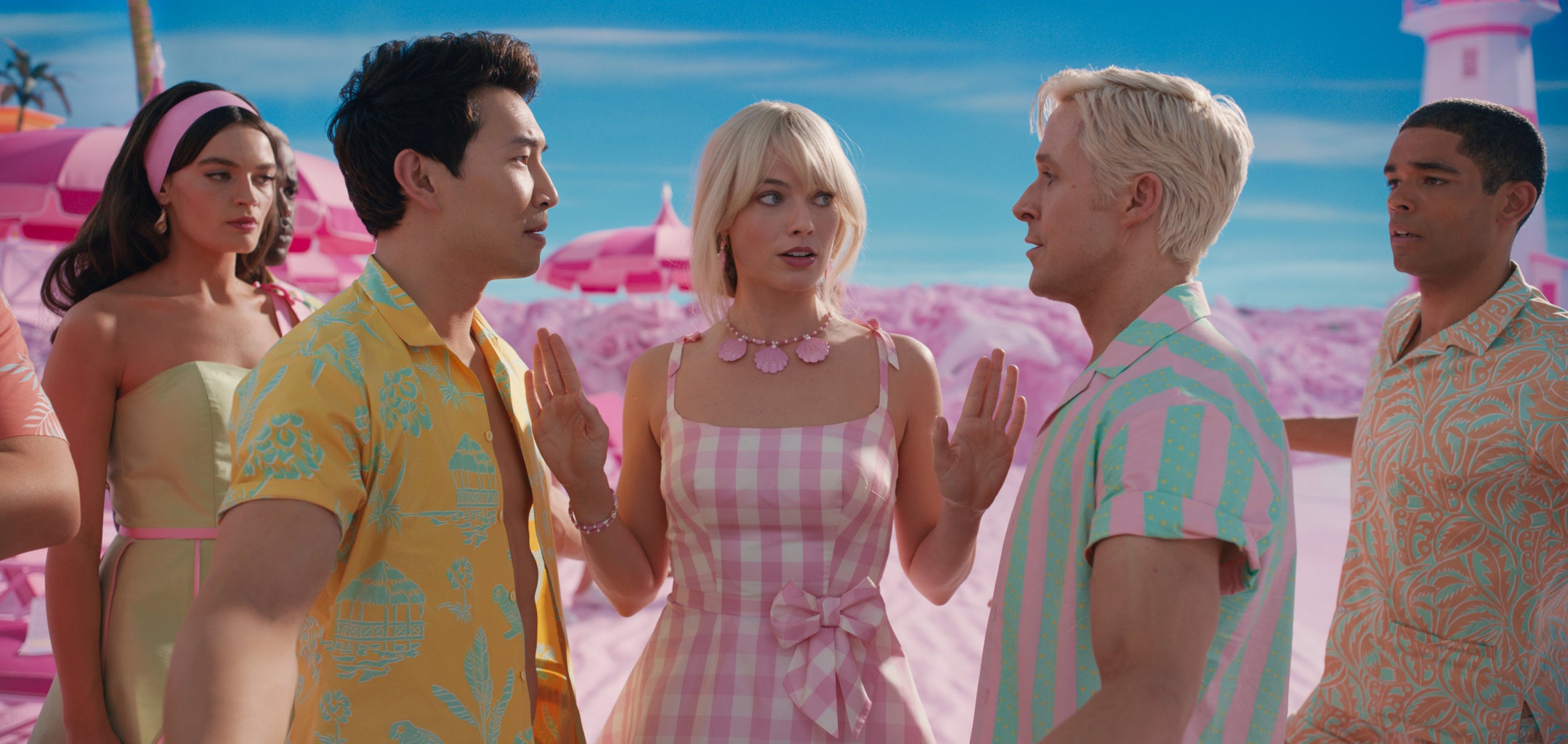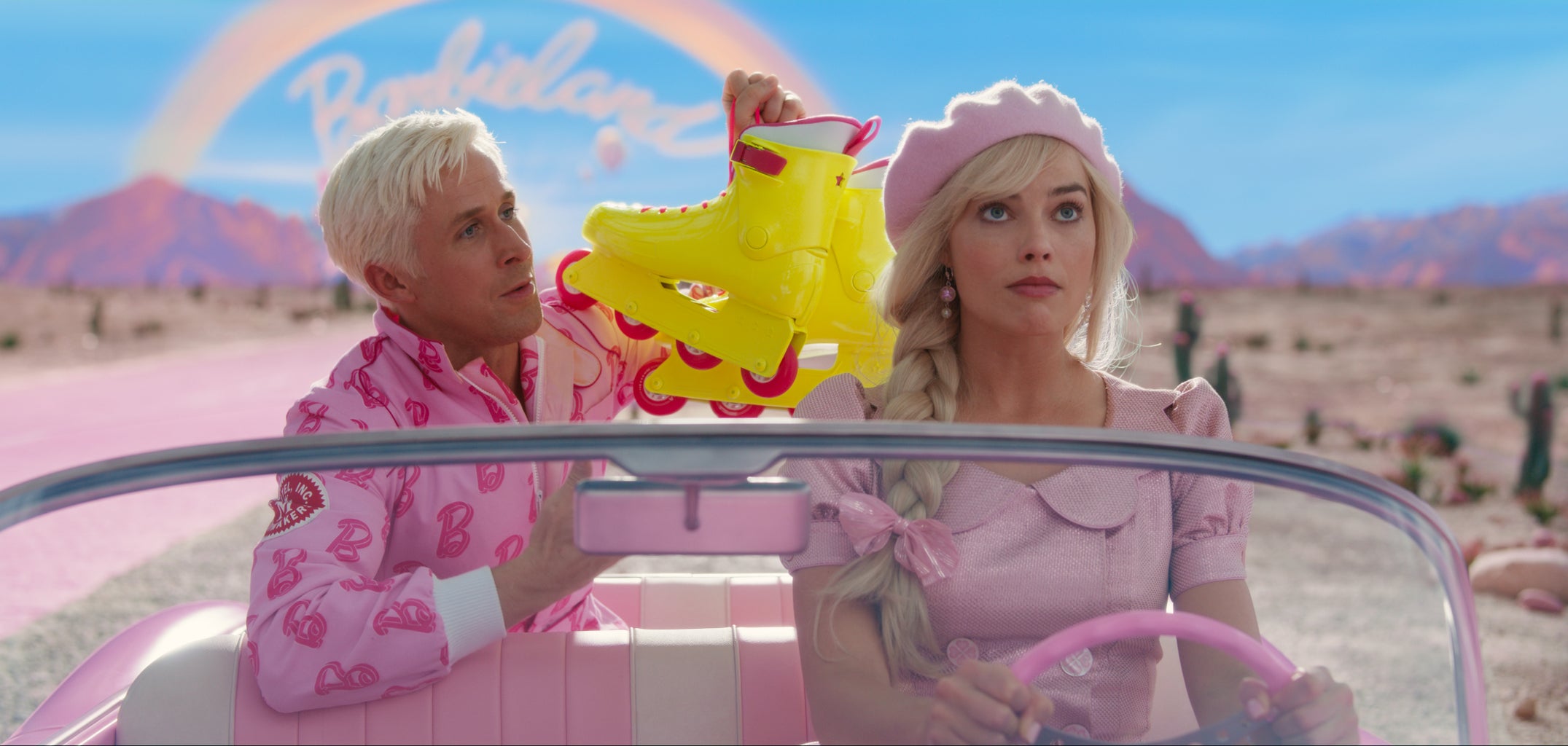I’m someone who is, and always has been, passionate about gender studies and women’s issues. Although I’ve found a lot of rich education and information in my academic studies of feminism, it does frustrate me that in order to get more than a surface level Instagram graphic about an important and serious topic, you have to actively seek out the knowledge yourself, whether that be in a library or a classroom; pop culture doesn’t usually provide thoughtful/accurate depictions of modern-day feminism.
This leads to misconceptions about what feminism actually looks like; I’ve heard choruses of “well, everything is equal now!” in response to women’s issues, because some seem to think that, absent major surface level barriers like suffrage, the world has evened out and there’s no longer any sort of battle of the sexes. This is ignorant to the more subtle instances of unfair gender-based treatment.
This summer, Barbie, directed by Greta Gerwig, did something I haven’t seen done so successfully in pop culture (and trust me, I’ve looked). Barbie broke box office records opening weekend; it’s been shown to a variety of people of different belief systems, all who have now been subconsciously more educated on a very real feminist perspective through an enjoyable, fun movie. Here are my top three favorite ways Barbie manages to be what we all needed:
It shows realistic situations
Barbie uses subtle, lowkey language and jokes to depict very real, devaluing situations that the modern day woman (and especially the modern day college student) is often exposed to. For example, when the Kens “play the guitars at” the Barbies, the audience laughs at the seemingly clueless dolls and then realize that it’s a satirized version of the very common case of men talking over and not listening to women. Bonus points for the lyrics being “I wanna push you around”.
It addresses the beauty standards
Despite major strides in feminism over the last several decades, the ideal beauty types have remained generally the same. While it’s true the world is moving towards more size-inclusivity and body positivity, every girl, at some point, compares herself to some version of the Barbie doll; some unattainable, unhealthy, unrealistic standard.
As soon as the movie started, I found myself comparing my own body, face, and hair to Margot Robbie’s, wondering how beautiful people like that can even exist. Mere moments later, one of the main characters goes on a rant about how the Barbie standard is unhealthy and untrue. Look it up (or Google “Slumber Party Barbie” circa 1965): Barbie is 5’9 and weighs 110 pounds, according to Mattel. She’s roughly 21 pounds underweight, which would cause her serious health issues if she wasn’t a doll.
My biggest concern about the movie was how it would be able to deliver a feminist message through an idol that has always promoted unachievable beauty, and the movie addresses the doll’s problematic past head on.
Feminism is for everyone
Barbie addresses how the structure of patriarchy is also incredibly harmful to the men that uphold it. At the crux of feminism-denying is the belief that feminism wants to glorify men over women, or that feminists want to shame men. On the contrary, feminism is about equality, equity and the best interests of humans, regardless of gender.
We see this in how the movie ends; Barbieland shifts from a matriarchy, to a patriarchy, to a society where both men and women are valued in leadership and representation, illustrating that a flipped patriarchy wouldn’t benefit anyone any more than patriarchy could. We see the negative effects of patriarchy in how the Kens are pinned against each other and battle their own insecurities through overcompensating behavior; the same system that objectifies women, pits men against each other to compete for “prizes”—the same system that promotes male power and strength encourages men to hide normal emotion and cope in unhealthy ways.
Barbie is full of gems that raise thought-provoking points about feminism and the patriarchy; other standouts include commentary on the stigma of pregnancy, the relationship between mother and daughter, the beauty of aging, etc. But it’s not these little details that made Barbie so wildly successful as both a blockbuster hit and a “Feminism for Dummies” handbook. But instead, it’s the approach of depicting feminism in an interesting and appealing way, noting where history falls short, and acknowledging the way that patriarchy is really to no one’s benefit.
It is important to note that Barbie is introductory. It doesn’t even begin to cover the complexities and intersectionality of modern feminism, but it’s a start. And for a pop culture scene that rarely does this successfully, that’s a success.





